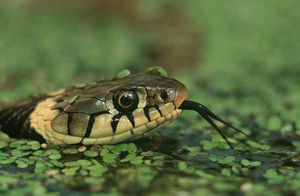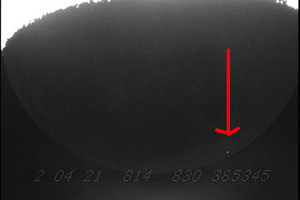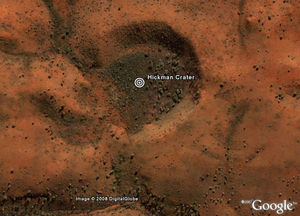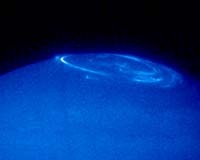During St. Patrick's Day next week, most revelers won't remember the patron saint of Ireland for his role as a snake killer.
But legend holds that the Christian missionary rid the slithering reptiles from Ireland's shores as he converted its peoples from paganism during the fifth century A.D.
St. Patrick supposedly chased the snakes into the sea after they began attacking him during a 40-day fast he undertook on top of a hill.
An unlikely tale, perhaps - yet Ireland is unusual for its absence of native snakes.
It's one of only a handful of places worldwide - including New Zealand, Iceland, Greenland, and Antarctica - where Indiana Jones and other snake-averse humans can visit without fear.

|
| ©ohn Cancalosi/NGS
|
This grass snake swimming in duckweed belongs to one of only three snake species native to Britain.
After the last ice age about 10,000 years ago, swollen seas prevented snakes from migrating throughout parts of northern Europe - and none made it to Ireland.
Even still, the legend that St. Patrick banished snakes from the Emerald Isle in the fifth century A.D. lives on in popular culture.
|








Comment: For the past five years, SOTT has been following the news for evidence of fireballs and meteors. Read the SOTT blog for up to date news on the droplets that are beginning to turn to rain.
For more information on the prospect of planetary impact read Laura Knight-Jadczyk's original article, "Something Wicked This Way Comes" and her new series of Comet articles.